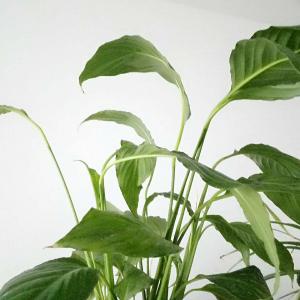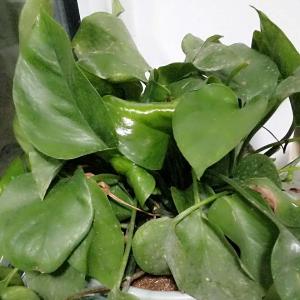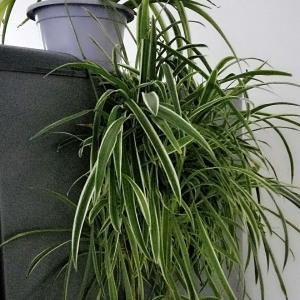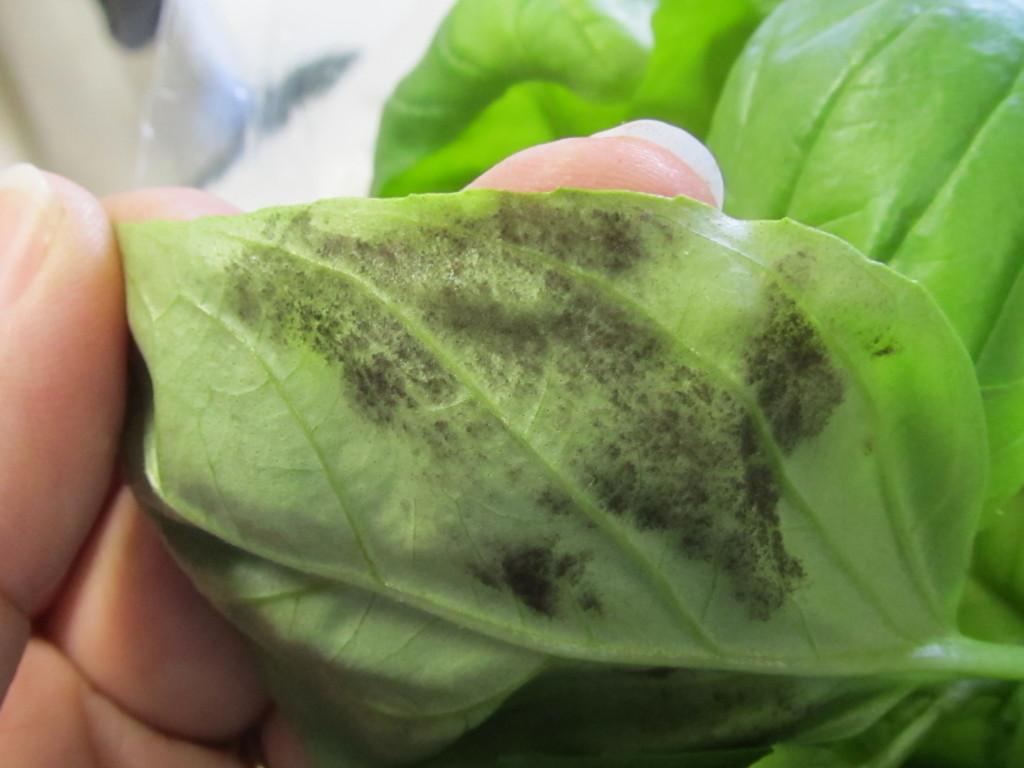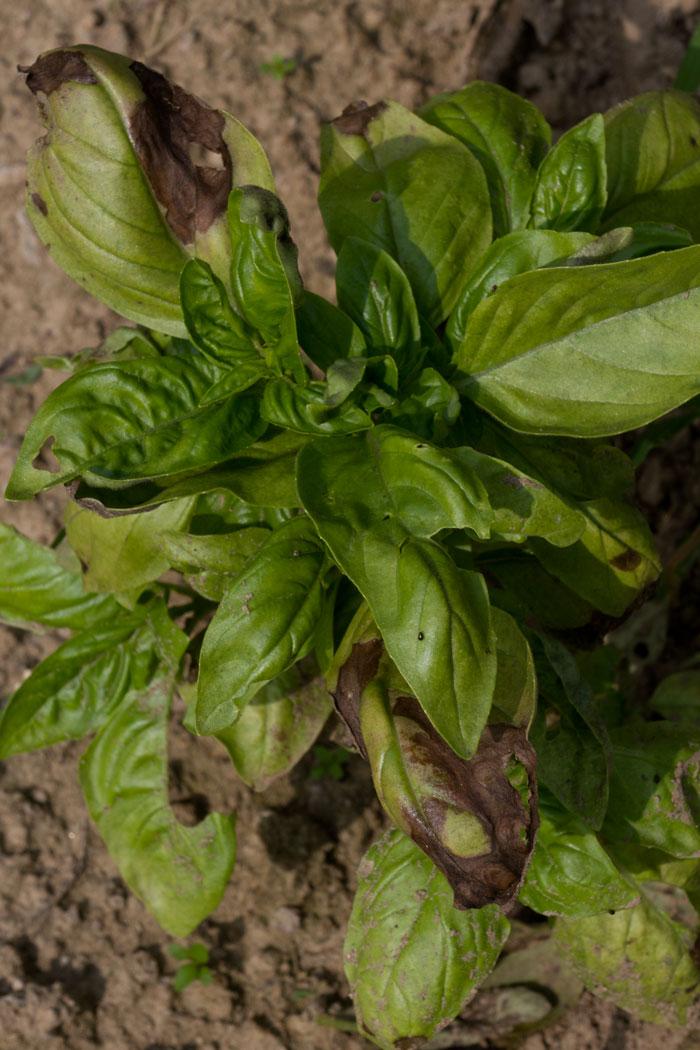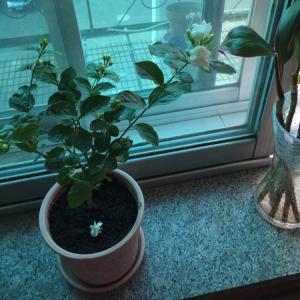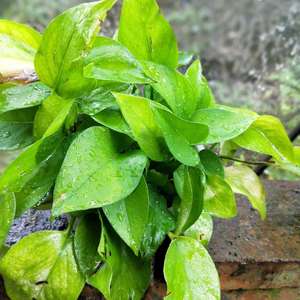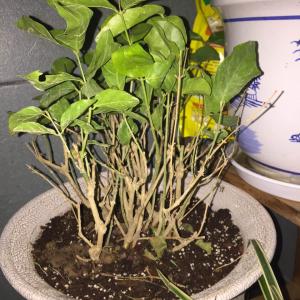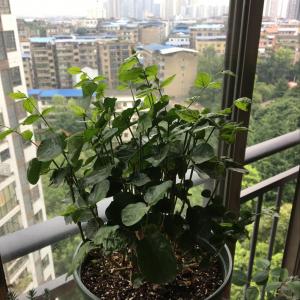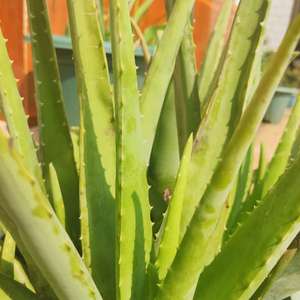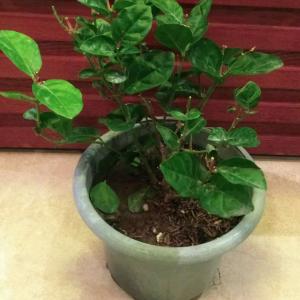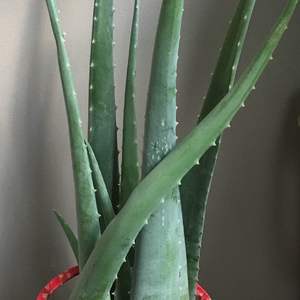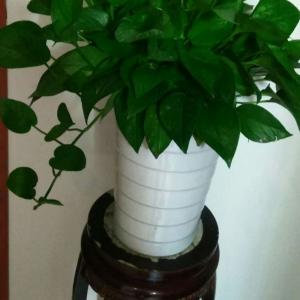动态 (3585)
Dummer. ゛☀
2017年09月13日

Emerald cedar (more properly termed "arborvitae") is a highly useful tall shrub or small tree, but homeowners and businesses who plant it frequently experience the problem of having its leaves turn brown. Insects, diseases, or even dog urine can be the sources of the problem if the leaves are turning brown in summer, as well as a more obvious potential culprit: namely, drought.
Many people have asked me to address this issue. Arborvitae is widely planted in highly visible hedges and foundation plantings, where brown leaves will stick out like a sore thumb and create an eyesore. I was finally inspired to write an article about the problem by a reader who emailed me the following question: I planted over 40 Emerald Cedars along the border between my property and my neighbour as a privacy fence, as well as a sound barrier for my dogs barking. I planted the trees at least 5 years ago, and just last summer I noticed that they are all turning brown, instead of having that lovely fresh green colour they used to. Can you tell me what the problem is and what you might suggest as a remedy to save my Emerald cedar trees?
Location of Brown Foliage Determines Whether You Have a True Problem When you see brown leaves on the inner part of Emerald cedars, that is generally not a problem: it is normal to see brown leaves in this area in fall or spring, as that foliage is just getting old and the Emerald cedars are shedding it. But leaves turning brown at the outer tips of branches can be a serious problem. If you see such brown leaves in the summer, it could be due to any of the following (or some combination thereof): Your Emerald cedars could be infested with aphids (in which case you would have to spray). Inspect foliage closely for masses of these tiny, soft-bodied insects. They could be infested with spider mites (in which case you would have to spray). Look closely for tiny webs. Your Emerald cedars could be succumbing to fungal diseases. Look for tiny black spots in summer. If you see them, remove infected branches to prevent further spread. If the problem persists, have your local garden center recommend an antifungal spray.
During a hot, dry summer, plants often fail to receive sufficient water. To address reason #4 above, as a preventive measure, you can supply artificial irrigation and bark mulch. For established plants, a deep soaking every other week is sometimes recommended. Of course, this does not address the issue of vegetation that has already been damaged by drought. In severe cases, root damage can occur, resulting in dead plants. How do you check to see if your plant is dead or still alive? Slice off a bit of bark with a knife, so that you can "look under the hood," so to speak. If you see green, the plant is probably still alive (on a partially dead plant, it may take you a few tries before you find green somewhere). If all that you find is brown, the plant is most likely dead, and you should start making plans to remove it and replace it.
Is Your Yard Going to the Dogs? Although this does not apply to the reader mentioned above (because it is unlikely to account for browning on 40 Emerald cedar trees all at once), it could apply to someone with a small number of Emerald cedars: if the foliage has been sprayed with dog urine, that can cause brown leaves. This is just one of many examples of the challenges we face in landscaping with dogs. If there is a stray dog problem in your area, you can deter dogs with dog repellents.
Note also that, in diagnosing and solving this problem of Emerald cedar leaves turning brown, it is important to specify the time of year. The above assumes the problem developed during the summer. I have a separate FAQ dealing with brown leaves on arborvitae (Emerald cedars) in winter.

Many people have asked me to address this issue. Arborvitae is widely planted in highly visible hedges and foundation plantings, where brown leaves will stick out like a sore thumb and create an eyesore. I was finally inspired to write an article about the problem by a reader who emailed me the following question: I planted over 40 Emerald Cedars along the border between my property and my neighbour as a privacy fence, as well as a sound barrier for my dogs barking. I planted the trees at least 5 years ago, and just last summer I noticed that they are all turning brown, instead of having that lovely fresh green colour they used to. Can you tell me what the problem is and what you might suggest as a remedy to save my Emerald cedar trees?

Location of Brown Foliage Determines Whether You Have a True Problem When you see brown leaves on the inner part of Emerald cedars, that is generally not a problem: it is normal to see brown leaves in this area in fall or spring, as that foliage is just getting old and the Emerald cedars are shedding it. But leaves turning brown at the outer tips of branches can be a serious problem. If you see such brown leaves in the summer, it could be due to any of the following (or some combination thereof): Your Emerald cedars could be infested with aphids (in which case you would have to spray). Inspect foliage closely for masses of these tiny, soft-bodied insects. They could be infested with spider mites (in which case you would have to spray). Look closely for tiny webs. Your Emerald cedars could be succumbing to fungal diseases. Look for tiny black spots in summer. If you see them, remove infected branches to prevent further spread. If the problem persists, have your local garden center recommend an antifungal spray.

During a hot, dry summer, plants often fail to receive sufficient water. To address reason #4 above, as a preventive measure, you can supply artificial irrigation and bark mulch. For established plants, a deep soaking every other week is sometimes recommended. Of course, this does not address the issue of vegetation that has already been damaged by drought. In severe cases, root damage can occur, resulting in dead plants. How do you check to see if your plant is dead or still alive? Slice off a bit of bark with a knife, so that you can "look under the hood," so to speak. If you see green, the plant is probably still alive (on a partially dead plant, it may take you a few tries before you find green somewhere). If all that you find is brown, the plant is most likely dead, and you should start making plans to remove it and replace it.

Is Your Yard Going to the Dogs? Although this does not apply to the reader mentioned above (because it is unlikely to account for browning on 40 Emerald cedar trees all at once), it could apply to someone with a small number of Emerald cedars: if the foliage has been sprayed with dog urine, that can cause brown leaves. This is just one of many examples of the challenges we face in landscaping with dogs. If there is a stray dog problem in your area, you can deter dogs with dog repellents.

Note also that, in diagnosing and solving this problem of Emerald cedar leaves turning brown, it is important to specify the time of year. The above assumes the problem developed during the summer. I have a separate FAQ dealing with brown leaves on arborvitae (Emerald cedars) in winter.
文章
相关用户



